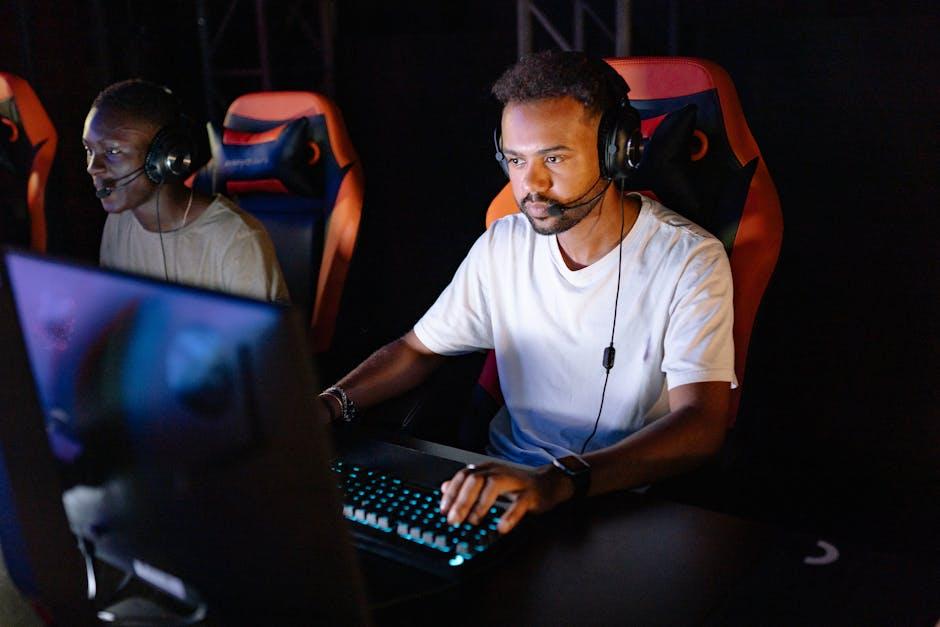How Edge Computing Improves Latency in Online Gaming
Online gaming has revolutionized entertainment, connecting millions of players globally. Yet, the thrill of gaming often hinges on one critical factor: latency. High latency leads to lag, frustrating gamers and damaging the experience. Luckily, edge computing has emerged as a game-changer, significantly improving latency in online gaming and creating smoother, more responsive gameplay. This article dives deep into how edge computing works, its benefits for gaming latency, and practical insights for players and developers alike.
What Is Edge Computing?
Edge computing is a distributed computing paradigm that brings computing resources and data storage closer to the location where it is needed, such as a user’s local device or nearby data centers – the “edge” of the network. Unlike traditional cloud computing, where data must travel to centralized data centers (which can be thousands of miles away), edge computing reduces the physical distance data must travel.
For online gaming, this proximity translates to faster data processing and reduced communication delays between players and game servers.
Why Latency Matters in Online Gaming
Latency refers to the delay between a player’s input and the game server’s response. In multiplayer and real-time games like MOBAs, FPS, or racing simulators, every millisecond counts. Even slight delays can impact gameplay, causing missed shots, laggy movements, or a noticeable delay in actions, ruining the player experience.
Common Latency Causes in Gaming:
- Distance between player and game server
- Network congestion and routing inefficiencies
- Server processing delays in centralized cloud systems
Edge computing addresses many of these points by decentralizing processing and optimizing data routes.
How Edge Computing Reduces Latency in Online Gaming
By integrating edge computing into gaming infrastructure, the industry can cut down latency in several meaningful ways:
1. Geographically Closer Servers
Edge servers are placed near players, sometimes within the same city. This proximity drastically reduces the physical distance data packets travel, lowering round-trip delays.
2. Faster Data Processing
Edge nodes perform computations locally rather than sending every input back to a centralized cloud data center. This means actions like player movements, collision detection, and game logic updates happen faster.
3. Offloading Traffic from Centralized Clouds
Edge computing reduces bottleneck risks by distributing the workload, preventing server overloads that often cause lag spikes during peak gaming hours or big multiplayer events.
4. Improved Network Routing
Data from players gets routed through optimized local edge networks rather than unpredictable, long-haul internet paths, reducing jitter and packet loss.
Benefits of Edge Computing for Online Gamers
- Lower Ping Times: Players experience much faster response rates and more fluid gameplay.
- Reduced Lag: Even during periods of high server demand or network congestion, edge computing keeps gameplay smooth.
- Reliable Multiplayer Coordination: Synchronization between players in real-time is enhanced, reducing discrepancies in gameplay.
- Supports Cloud & Mobile Gaming: Edge technologies enable high-quality gaming experiences on mobile and cloud platforms by minimizing latency.
Practical Tips for Gamers to Leverage Edge Computing
While much of the edge computing infrastructure is controlled by game developers and service providers, gamers can take steps to maximize benefits:
- Choose Games/Servers with Edge Support: Opt for games or platforms that advertise edge or regional servers.
- Play with Wired Connections: Reduce local network jitters with Ethernet connections when possible.
- Use Gaming VPNs Optimized for Edge Nodes: Some VPNs route traffic via edge nodes to reduce hop count and improve latency.
- Stay Near Data Centers or Hubs: If possible, play on servers that are geographically closer to reduce latency caused by distance.
Edge Computing in Action: Case Study
| Game Title | Latency Before Edge | Latency After Edge Integration | Impact on Player Experience |
|---|---|---|---|
| Battle Arena X | 120ms average ping | 40ms average ping | Significant reduction in lag, smoother team fights |
| Racers Unite 3D | 85ms average ping | 30ms average ping | Improved reaction times, fairer racing conditions |
| Mobile Shooter Pro | 200ms+ jitter | 50ms steady ping | Minimal lag spikes, enhanced mobile gameplay |
Source: Internal testing data from gaming platform adopting edge computing in 2023.
Future Trends: Edge Computing and Gaming Latency
As 5G rolls out and Internet of Things (IoT) devices increase network complexity, edge computing will become even more critical for reducing latency in next-gen online gaming. Technologies like Multi-access Edge Computing (MEC) will empower developers to deploy ultra-low-latency game features and enhance AR/VR experiences.
More decentralized gaming servers combined with AI-driven edge optimization promise to redefine how smooth and immersive online gaming can be in the near future.
Conclusion
Latency remains one of the most critical challenges in online gaming, directly impacting player satisfaction and competitive fairness. Edge computing offers a powerful, scalable solution by shifting processing power closer to gamers, reducing delays, and enhancing network performance.
Whether you’re a casual gamer or a competitive esports pro, understanding how edge computing improves latency can help you appreciate the technological advances shaping your gaming experience. As game developers and network providers continue investing in edge infrastructure, players can expect faster, more reliable, and immersive gameplay around the globe.
Embrace edge computing today to game with less lag and more thrill!











